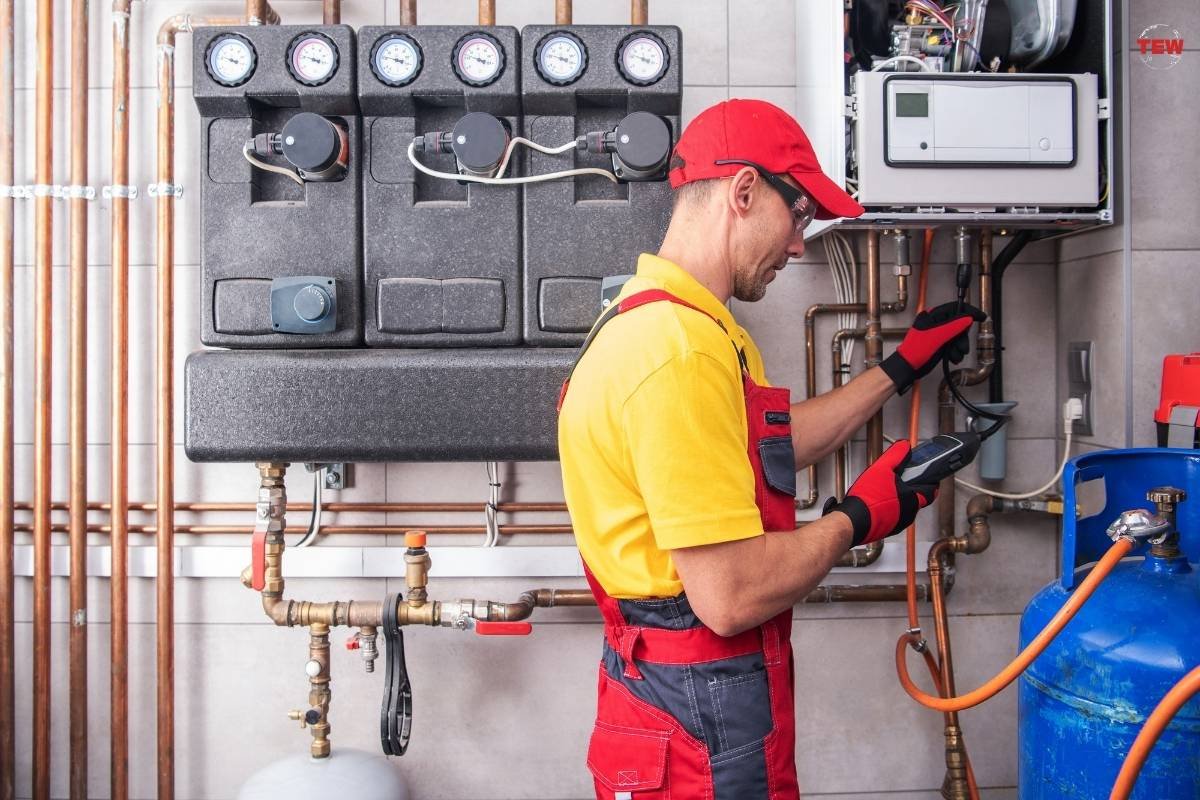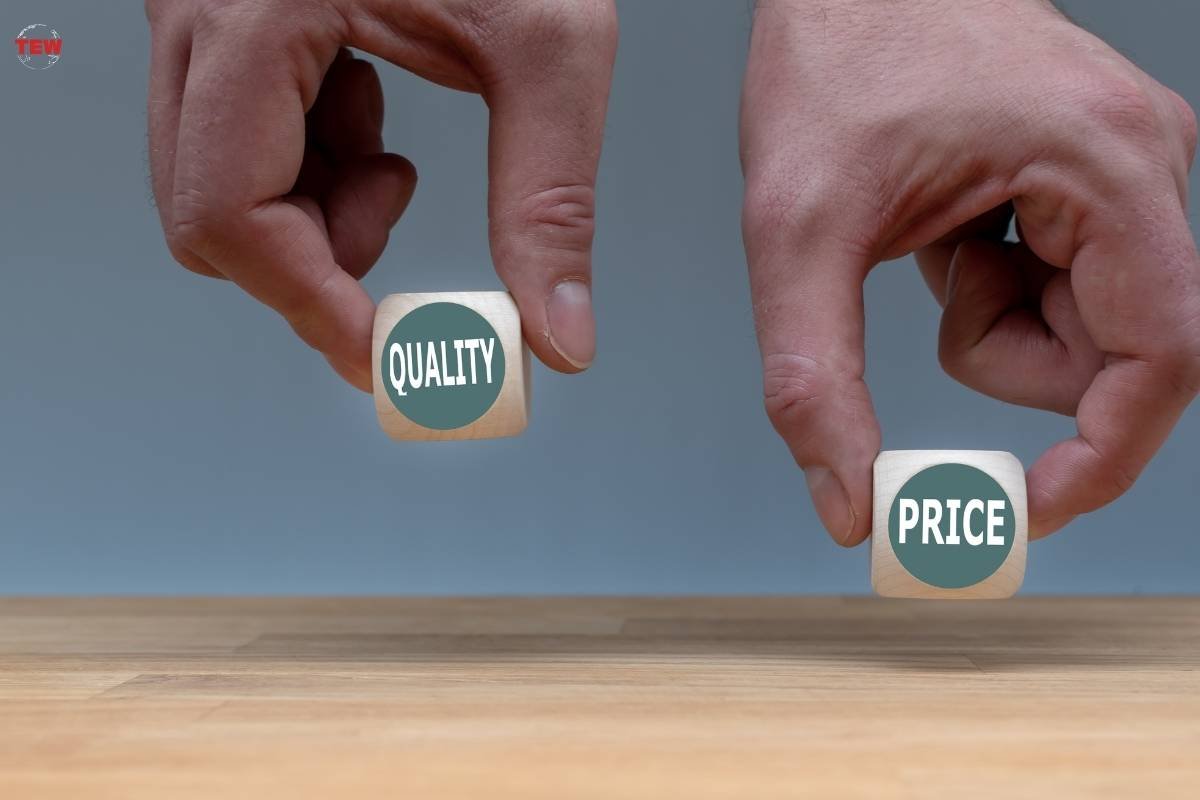Maximising the longevity of business assets is a crucial aspect of running a successful enterprise. It’s about strategically managing and maintaining your company’s resources to ensure they serve your business for the longest possible time. This approach is not solely about financial savings; it encompasses efficient asset management, promoting sustainability, and engaging in thorough strategic planning.
Businesses can achieve significant long-term benefits by taking measures to ensure that every piece of equipment, piece of technology, and every tool is maintained in excellent condition.
Below are some detailed strategies and essential practices that will help your enterprise extend the life of your business assets more effectively.
Here are some detailed strategies that can maximise asset longevity in your business:
1. Understand Your Assets Inside and Out
Gaining a comprehensive understanding of your assets is the groundwork for maximise asset longevity. This involves conducting a thorough inventory that details every asset’s purchase date, warranty information, maintenance history, and expected lifespan.
Such a detailed inventory allows businesses to anticipate maintenance needs and address minor issues before they escalate into significant problems, potentially causing downtime and incurring high repair or replacement costs.
Understanding your assets fully also aids in making informed decisions about upgrades, replacements, and retirement of assets, ensuring that investments are made wisely and in a timely manner.
2. Implement Regular Maintenance
The importance of regular maintenance cannot be overstressed in the quest to maximise asset longevity. A well-structured maintenance schedule, tailored to each asset’s specific needs and manufacturer’s recommendations, is vital.

This proactive approach to maintenance can significantly reduce the likelihood of unexpected breakdowns, ensuring that equipment operates at optimal efficiency. Regular maintenance activities might include software updates for technology assets, routine inspections, cleaning, lubrication and adjustments for machinery, and regular service checks for vehicles.
These activities help identify wear and tear and potential issues that can be addressed promptly, preventing more significant problems down the line.
3. Train Your Team
Proper asset use is paramount to extending its life, and this begins with comprehensive training for your team. Educating employees on the correct operation of equipment, basic troubleshooting, and the importance of routine maintenance encourages a sense of ownership and responsibility.
This training should be ongoing, adapting to new equipment, updated technologies, or changes in operational procedures. A well-informed team is less likely to misuse or neglect assets, leading to a direct maximise asset longevity and reliability of your business’s resources.
4. Embrace Technological Solutions
Leveraging technology can play a significant role in maximise asset longevity. Modern monitoring systems and software offer real-time insights into asset performance, allowing for predictive maintenance strategies. These technologies can alert businesses to irregularities or potential failures before they occur, enabling pre-emptive action to prevent downtime.
Additionally, automation technologies can ensure that machinery and equipment are used consistently within operational parameters, reducing human error and wear and tear. Investing in these technologies can seem costly initially, but it often leads to substantial long-term savings by extending asset life and reducing maintenance costs.
5. Choose Quality Over Price
While budget considerations are essential, prioritising quality when purchasing new assets can lead to greater long-term value.
High-quality equipment, though more expensive upfront, is generally built to last longer and perform better, offering a lower total cost of ownership through reduced maintenance requirements and longer intervals between replacements.

When evaluating potential purchases, consider the purchase price and factors like energy efficiency, maintenance costs, and the expected lifespan. This comprehensive approach to asset acquisition ensures that investments contribute positively to your business’s operational efficiency and financial health.
6. Foster a Repair-Over-Replace Culture
Adopting a mindset that prioritises repairing assets over immediately replacing them can have significant economic and environmental benefits. Professional repair services, such as those offered by Likewize Repair, can extend the life of equipment – such as company mobile phones and tablets – often at a fraction of the cost of buying new.
This approach saves money and contributes to sustainability efforts by reducing waste. Encouraging a culture where repair is considered a viable first option can enhance your company’s environmental credentials while bolstering your bottom line.
7. Plan for Upgrades
Understanding when to upgrade assets is equally as important as maintaining them. Technological advancements and changes in business needs can render equipment obsolete or inefficient.
By planning for upgrades, you can ensure a smooth transition to newer technologies, minimising operational disruptions and leveraging improvements in efficiency and performance. This forward-looking strategy helps maintain a competitive edge, ensuring that your business stays ahead with the most current and effective tools and technologies.
8. Monitor and Adapt
Effective asset management is dynamic, requiring ongoing monitoring and the flexibility to adapt strategies as needed.
Regular reviews of asset performance data can reveal trends, predict future maintenance needs, and inform decisions about repairs, replacements, and upgrades. This continuous oversight allows for the optimisation of asset use, ensuring that each asset is utilised to its fullest potential while also identifying when it is time to retire and replace assets that are no longer cost-effective to maintain.

Utilising advanced analytics and IoT technologies can further enhance this monitoring, providing real-time insights into asset conditions and performance.
9. Foster Relationships with Suppliers and Service Providers
Building strong relationships with equipment suppliers and professional service providers can provide significant advantages. These partnerships can offer access to expert advice, priority servicing, and potential discounts on parts, repairs, or new purchases.
Moreover, having a go-to expert for each key piece of equipment or service need ensures you’re never left scrambling in an emergency. Suppliers and service providers who know your business well can offer tailored solutions that precisely meet your needs, further enhancing asset performance and longevity.
A reliable network of suppliers and service providers ensures that you have the support and resources needed to maintain your assets effectively, contributing to their longevity and reliability. By nurturing these relationships, you create a valuable feedback loop, where suppliers can inform you about the latest advancements and best practices, ensuring your assets are always ahead of the curve.
10. Review, Assess, and Reflect
Incorporating asset longevity strategies into regular business reviews allows for continuous improvement. Assessing what strategies are working, identifying areas for improvement, and staying abreast of new technologies and practices ensures that your asset management approach remains effective and responsive to your business’s needs.
This process should also involve engaging with frontline employees who interact with the assets daily, as they can provide insightful feedback on practical challenges and opportunities for improvement. Encouraging an open dialogue about asset management contributes to a culture of collective responsibility and innovation. This reflection and continuous improvement culture is vital for sustaining operational efficiency and competitive advantage.
By consistently evaluating the effectiveness of your asset management strategies, you ensure that your business not only maintains its assets in top condition but also adapts and evolves to meet future challenges head-on.
The Bottom Line
As we wrap up, it’s to be hoped that the strategies outlined above underscore the importance of a proactive and informed approach to asset management.
By understanding your assets, committing to regular maintenance, leveraging technology, and fostering a culture of care and sustainability, businesses can significantly extend the life of their assets. This has a direct impact on the bottom line by reducing costs associated with repairs, replacements, and downtime, as well as supporting broader goals of sustainability and corporate responsibility.
Maximise asset longevity is an ongoing commitment that pays dividends in operational efficiency, financial savings, and environmental stewardship, contributing to your business’s long-term success and sustainability.





